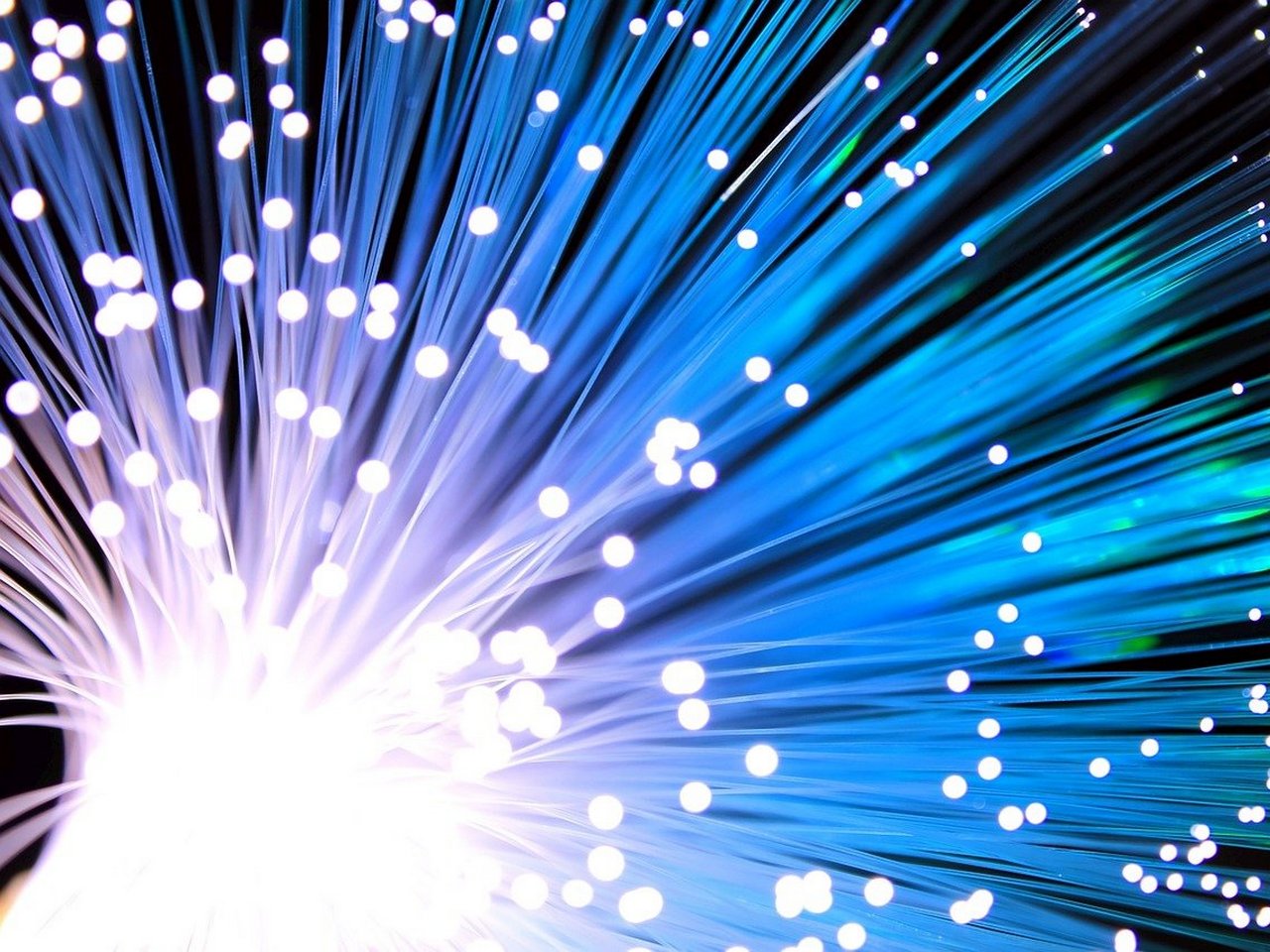Nokia has tested a new generation of fiber-optic Internet in Finland, with speeds reaching 600 Gbit/s.
The Nokia 1830 PSI-M optical system was tested in real time on the GO-COLOR GlobalConnect Group ground network, which connects data centers in Scandinavian countries. The cable was 781 kilometers long, but engineers say that if it exceeds the recommended length, their system will provide 400 Gbps of bandwidth with a more efficient wavelength spectrum anyway. During the tests, the system worked without any glitches.
According to Nokia, the breakthrough was achieved thanks to the Photonic Service Engine fifth generation optics (PSE-V). Eleven fiber sections and six ROADM nodes with Colorless Directionless Connectionless and Flexgrid (CDC-F) equipment were deployed, and signals were transmitted over 100 GHz wavelength-division multiplexing (WDM) links. The new communications standard is expected to replace the current PSE-Vc, which has maximum speeds ranging from 100 to 400 Gbps.
GlobalConnect will soon upgrade its long-haul networks using PSE-V to improve interoperability between data centers and speed up the Internet for ordinary users. The company plans to increase its total network capacity to 28.8TB in the future.
“We are pleased to work with GlobalConnect to support the further capacity development of its core networks. With the introduction of supercoherent PSE-V capabilities across our 1830 portfolio, Nokia is providing a spectrum-efficient network capacity upgrade over actual long-haul networks,” said Nokia Optical Networks Division Manager James Watt.
